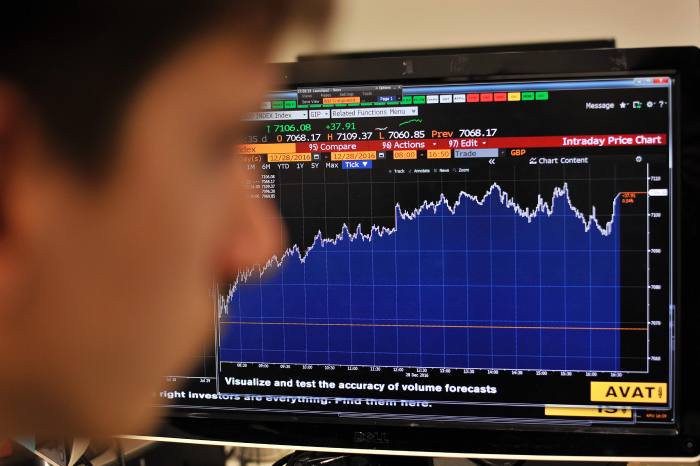
The global financial backdrop is ideal for investors seeking income from risky assets. Growth and inflation are not too hot to ignite a rapid rise in interest rates, and not too cold for investors to fear the shiver of deflation.
Predictions of the imminent demise of the eurozone have again failed to transpire, while policy inaction rather than radicalism characterised US president Donald Trump’s first 100 days in office. Market volatility is very low, rendering ‘carry trades’ attractive. But investors must exercise greater self-discipline.
This year has so far been characterised by moderate rather than accelerating growth and inflation, low rather than high volatility, and stable rather than rising interest rates.
If investors wish to avoid a fright, they must exercise discipline and not get too carried away when delving into the opportunities and the risks emerging market debt (EMD) and credit offer.
Earlier this year, the dominant theme was US reflation, turbocharged by the prospect of fiscal stimulus. Faster US growth and inflation would boost corporate earnings and push interest rates and volatility higher, while international trade, the lifeblood of many emerging economies, would slow as populist politics reversed globalisation.
The investment environment would be too hot for fixed income, including credit, and too cold for EMD. But it would be ideal for equities, especially US stocks unencumbered by the political risks and economic disappointment associated with the ‘European project’.
However, a surge in consumer and business confidence has yet to re-energise the US, while ‘hard’ economic data in Europe and the emerging markets surpass industry expectations.
In spite of US interest rate hikes, longer-dated US Treasury yields and the US dollar will remain range-bound until the so-called ‘Trump bump’ extends beyond sentiment or inflation accelerates.
Global investment has started flowing back into European and emerging market assets, many of which have so far outperformed their US counterparts.
The current environment of low volatility and ‘safe’ government bond yields with moderate but broad-based global growth is ideal for investors seeking income from credit and EMD.
Europe’s improving economic fundamentals pave the way for the European Central Bank (ECB) to cautiously scale back its monetary policy as deflation risk diminishes.
Policy stimulus by Beijing in 2015-16 is largely responsible for dispelling global deflation fears and will continue to support the rebound in global trade.
Improving economic and credit fundamentals render emerging markets better placed to absorb further US Federal Reserve rate hikes and under-owned EM asset valuations are inexpensive in comparison with many developed market assets.
The victory of the liberal, pro-European Emmanuel Macron as French president may not reverse the march of radical populism, but has at least paused it.
The tail-risk of the break-up of the eurozone, at least in the foreseeable future, has been extinguished. The potential disruption to asset markets from US tax reform and cuts is a worry for 2018 rather than today and Mr Trump’s protectionist, bark is so far proving worse than his bite.





